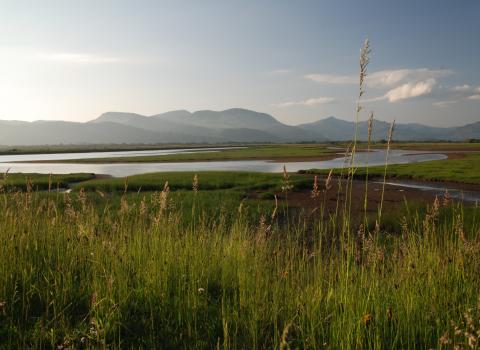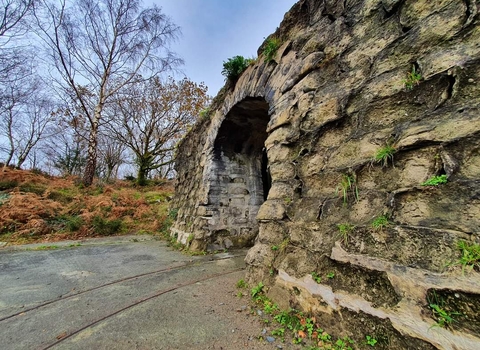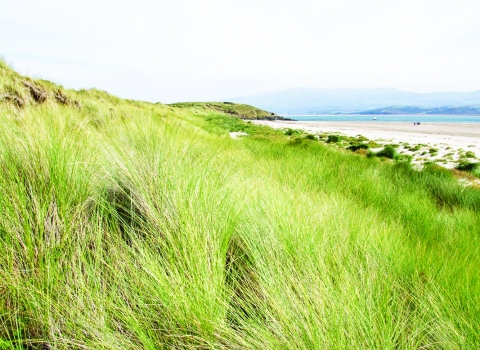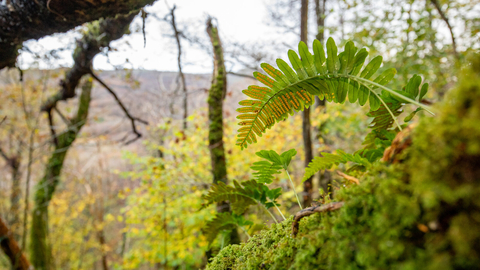
@Ben Porter
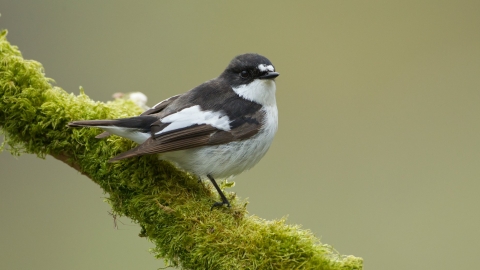
Pied flycatcher (Ficedula hypoleuca) male perched, Wales, UK - Mark Hamblin/2020VISION
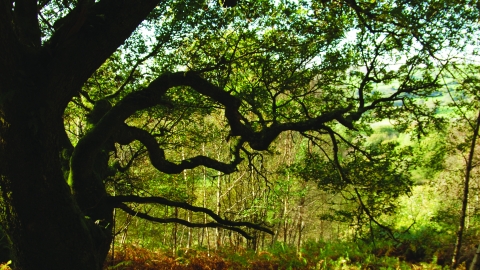
Coed Crafnant Nature Reserve
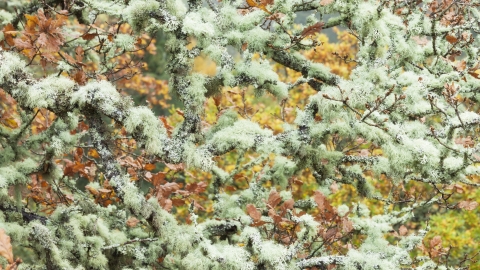
Lichen covered branches in canopy of oak woodland © Guy Edwardes 2020Vision
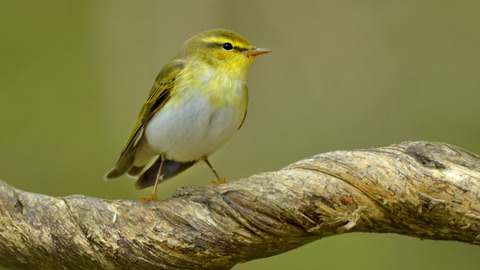
Wood warbler (c) Andy Rouse 2020VISION
Coed Crafnant Nature Reserve
Know before you go
Dogs
When to visit
Opening times
Open at all timesBest time to visit
Year roundAbout the reserve
Filled with primitive plants and veteran oak trees, Coed Crafnant connects you to Britain’s forested past. Centuries of continual shelter from these trees has created the perfect conditions for mosses, lichens and ferns to flourish – indeed, species have been recorded here that were once thought to be nationally extinct. This wild, ancient Atlantic oak woodland is steeply sloped and roughly divided into terraces, each with its own microclimate and inhabitants. A visit in spring and summer will reward you with a wealth of wildflowers and nesting birds, but the wild tranquillity of this remote valley will hold your attention at any time of the year.
Natural regeneration
The main focus of work on this site is to maintain the reserve boundaries to keep out grazing animals such as feral goats and sheep. The exclusion of these grazers allows the natural processes of woodland regeneration to take place. Selective clearing helps to create a shifting pattern of glades and a healthy woodland with a diverse age structure, leading to a highly biodiverse habitat. To help the falling UK populations of pied flycatcher, 95 nest boxes have been put up around the woodland.
Did you know?
Plants first evolved in water and many of our most primitive plants – like mosses and liverworts – still require a very wet environment in order to reproduce. Their leaf structures trap liquid, creating their own watery microclimate.
Directions
Turn off the A496 at the pub in Llanbedr. Continue towards Cwm Bychan for 2.75km until Pen-y-Bont (SH 607 280). For the reserve’s southern entrance (no cars, only accessible on foot), turn sharp Right over a bridge and through a gate, following the rough track. Turn Right to Y Fron. Continue uphill through the second gate and bear Left, continuing for 200m. Entrance to the reserve through gate next to reserve sign (SH 611 276). For the northern entrance, continue past Pen-y-Bont for another 1.5km. Park at the side of the road by a gate at SH 616 289. Go through the gate on foot, follow the track over the bridge and past an old barn on your Right, then passing through a gate. Bear Right on the track until you reach the reserve entrance and sign.

